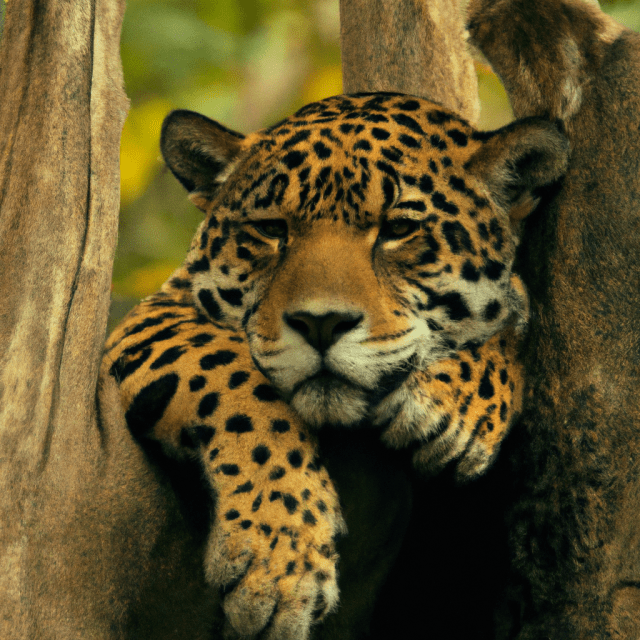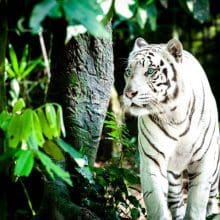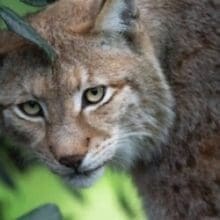Preserving the Legacy of the Jaguar
Legacy of the Jaguar
The jaguar, scientifically known as Panthera onca, is a majestic and powerful big cat that roams the Americas. With its distinctive coat pattern and strong build, the jaguar has long captivated the human imagination. However, this iconic species is facing numerous threats that put its survival at risk. In this article, we will explore the importance of preserving the legacy of the jaguar and the steps that can be taken to ensure its long-term survival.
The Significance of the Jaguar
The jaguar holds great cultural and ecological significance in the regions it inhabits. For many indigenous communities, the jaguar is a symbol of strength, power, and spirituality. It plays a central role in their myths, folklore, and rituals. The jaguar’s presence in these cultures reflects the deep connection between humans and nature.
Ecologically, the jaguar is a keystone species, meaning it plays a crucial role in maintaining the balance of its ecosystem. As an apex predator, the jaguar helps regulate the populations of its prey, such as deer, peccaries, and capybaras. By controlling herbivore populations, the jaguar indirectly influences vegetation dynamics and promotes biodiversity.
Threats to the Jaguar
Legacy of the Jaguar: Despite its cultural and ecological significance, the jaguar faces numerous threats that jeopardize its survival. These threats include:
- Habitat Loss: The expansion of agriculture, urbanization, and infrastructure development has led to the destruction and fragmentation of the jaguar’s habitat. This loss of suitable habitat limits the jaguar’s range and disrupts its natural behavior.
- Poaching: The illegal hunting of jaguars for their fur, bones, and other body parts remains a significant threat. The demand for jaguar products, particularly in the illegal wildlife trade, drives the poaching of these magnificent cats.
- Human-Wildlife Conflict: As human populations expand into jaguar territories, conflicts arise. Jaguars may prey on livestock, leading to retaliatory killings by farmers. These conflicts further escalate as jaguars lose their natural prey due to habitat loss and poaching.
- Climate Change: The impacts of climate change, such as extreme weather events and shifts in precipitation patterns, can disrupt the jaguar’s habitat and prey availability. These changes make it difficult for jaguars to adapt and survive in their current range.
Conservation Efforts
Legacy of the Jaguar: Recognizing the urgent need to protect the jaguar, various conservation organizations, governments, and local communities have initiated efforts to preserve this iconic species. Some of the key conservation strategies include:
- Protected Areas: Establishing and effectively managing protected areas is crucial for safeguarding the jaguar’s habitat. These areas provide a safe haven for jaguars and their prey, allowing them to thrive without human interference.
- Corridors and Connectivity: Creating wildlife corridors and promoting landscape connectivity is essential for maintaining genetic diversity and enabling jaguars to move between fragmented habitats. These corridors allow for the exchange of individuals, reducing the risk of inbreeding and enhancing the long-term survival of the species.
- Community Engagement: Involving local communities in jaguar conservation efforts is vital. By providing alternative livelihood options, raising awareness, and fostering a sense of ownership, communities can become active participants in protecting the jaguar and its habitat.
- Anti-Poaching Measures: Strengthening anti-poaching efforts and cracking down on the illegal wildlife trade are crucial for reducing the demand for jaguar products. This involves increasing law enforcement, improving intelligence gathering, and raising awareness about the consequences of poaching.
- Climate Change Adaptation: To mitigate the impacts of climate change on jaguars, conservation organizations are working to identify and protect climate-resilient habitats. Additionally, promoting sustainable land-use practices and reducing greenhouse gas emissions can contribute to the long-term survival of the species.
Success Stories
Legacy of the Jaguar: Despite the challenges, there have been notable success stories in jaguar conservation. For instance, in Belize, the Cockscomb Basin Wildlife Sanctuary has been instrumental in protecting the country’s largest jaguar population. Through effective management and community involvement, the sanctuary has become a model for jaguar conservation.
In Brazil, the Pantanal region has seen significant progress in jaguar conservation. The creation of the Pantanal Jaguar Project, which focuses on research, education, and community engagement, has helped reduce poaching and promote coexistence between jaguars and local communities.
Conclusion
Legacy of the Jaguar: The jaguar’s legacy is worth preserving for future generations. Its cultural significance and ecological role make it a species of utmost importance. By addressing the threats it faces and implementing effective conservation strategies, we can ensure the survival of this iconic big cat. Through protected areas, community engagement, anti-poaching measures, and climate change adaptation, we can secure a future where the jaguar continues to roam the Americas, inspiring awe and reminding us of the beauty and importance of biodiversity.
Read More About Jaguars From Wikipedia





